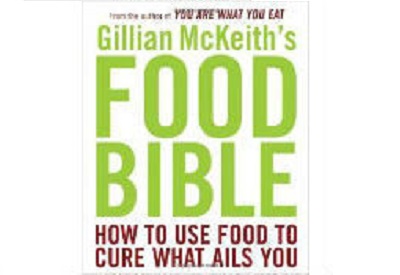The South Beach Diet is among the most popular low-carb weight loss strategies. That said, while it is often compared to Atkins, it takes a very different perspective on reducing carbohydrate intake than that other classic plan.
What is the South Beach Diet?
There is a more gradual strategy in place with The South Beach Diet than with many other low-carb diets. According to the author of the book behind the diet, Arthur Agatston, M.D., getting healthy and losing weight quickly isn’t just a matter of trying to slash all the fats and carbs from what is being eaten. Agatston is a cardiologist from Miami.
What’s Involved in Following It?
The South Beach Diet is a three-step approach to losing weight in a healthy way. It was first created by Agatston, who wanted to help cardiac patients to reduce their cholesterol and weight in order to take the strain off their hearts.
When following The South Beach Diet, there is a significant emphasis on eating high-fiber, nutrient-dense foods. The promise is that it will help to beat cravings, get weight loss moving and shed the pounds over the long term. According to Agatston, when people follow this diet to the letter, they can expect to lose between 8- and 13-pounds during Phase 1, which is only the first two weeks.
How is This Strategy Different?
The South Beach Diet changes what you can eat depending on your phase. Phase 1 is the most restrictive part of the strategy and is two weeks in length. During Phase 1, dieters must eat lots of protein, including both animal sources and plant-based sources. Some fats are allowed, such as avocado, extra virgin olive oil and canola oil. Only carbohydrates at the lowest end of the glycemic index are allowed. These include tomatoes, broccoli, eggplant and spinach. No starchy foods, dairy, fruit, fruit juices or alcohol are allowed.
Phase two brings about more moderation both in terms of food restrictions and weight loss. Weight loss settles at a very healthy rate of 1 to 2 pounds per week. At this point, carbohydrates are slowly reintroduced, including whole-grains, fruit and sweet potatoes. This phase continues as long as weight needs to be lost.
Phase 3 is focused on weight maintenance. It doesn’t have a food list that must be followed, but the dieter needs to keep in mind everything they’ve learned while following The South Beach Diet and keep applying it in order to avoid overindulging. Any slip-ups or weight gain simply means starting again with Phases 1 and 2 until it is resolved.
Does the South Beach Diet Work?
The South Beach Diet is sometimes considered to be a healthy, effective, long-term approach to weight loss. It is intended to be kept up over time as opposed to being a strategy designed for a set number of days. That said, it doesn’t have an entirely solid track record in terms of actual success in maintaining its recommendations over years.
While it can help people to be able to lose weight over the short term, there is little record for the South Beach Diet and success in keeping it up across years instead of months. It is unclear as to whether this is because people give up on it or if they are keeping it up but simply are not talking about it in any way that would provide discoverable results through a search engine. That said, it should be said that a diet that involves recognizing slip ups and having to start over does seem to be setting itself up for abandonment after a certain point.





